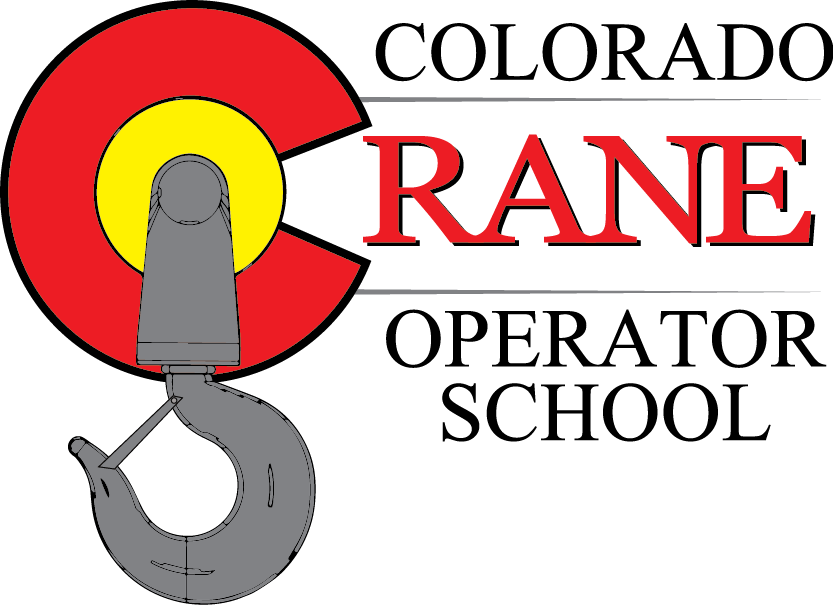Lift, Maneuver, and Move Load
During a hoisting activity, whether it is a mobile crane, chain hoist, or similar load hoisting equipment, there is a comprehensive set of actions that will reduce the risk of an accident.
Keep in mind that all individuals involved in the rigging process need to be qualified. A qualified rigger shall be able to proper inspections, understand the effects of the environment and safe rigging practices. These rigging practices cover rigging selection based on the size, shape, and complexity of a lift.
Lifting a load is so much more than picking it up and setting it back down in the same spot. There is always a series of other actions and conditions that affect the stability of the load. Below is a series of actions that need to take place during the hoisting activity.
1. Check the following to ensure that all are up-to-date and in proper working condition before crane operation
2. Check the travel route to ensure there is sufficient clearance for the load.
3. Check the destination area for adequate clearance as well as for adequate floor strength to support the load safely once it is placed down.
4. Attach slings/chains/wire ropes to the load above the center of gravity as specified on the Lift Plan. a. If the only available attachment points are below the center of gravity, stabilize the load using taglines.
5. Equalize loading on multiple leg slings and maintain a balanced load.
6. Protect rigging equipment and the load from sharp surfaces and damage.
7. Slowly lift the load until it just begins to rise off the ground. Stop to see if the load will rise evenly or if it will tilt. a. If the load tilts, lower immediately and reposition rigging components to prevent the load from listing.
b. Repeat the test lift. If the problem recurs, stop the lift and reexamine the Lift Plan’s recommendations for rigging equipment as well as the location of the load’s center of gravity.
8. After the load is balanced correctly, warn everyone in the area of the impending lift by using the facility’s notification system (sounding an alarm, etc.).
9. Proceed by lifting the load slowly and moving the load slowly to its destination.
a.Keep load as low to ground as possible.
b. Use attendants to walk with the load if needed to keep it from impacting surrounding objects.
10. Lower the load slowly, making sure that it lines up correctly with any blocks, timbers, or other support devices that might be needed.
11. Detach the rigging and secure the equipment.




